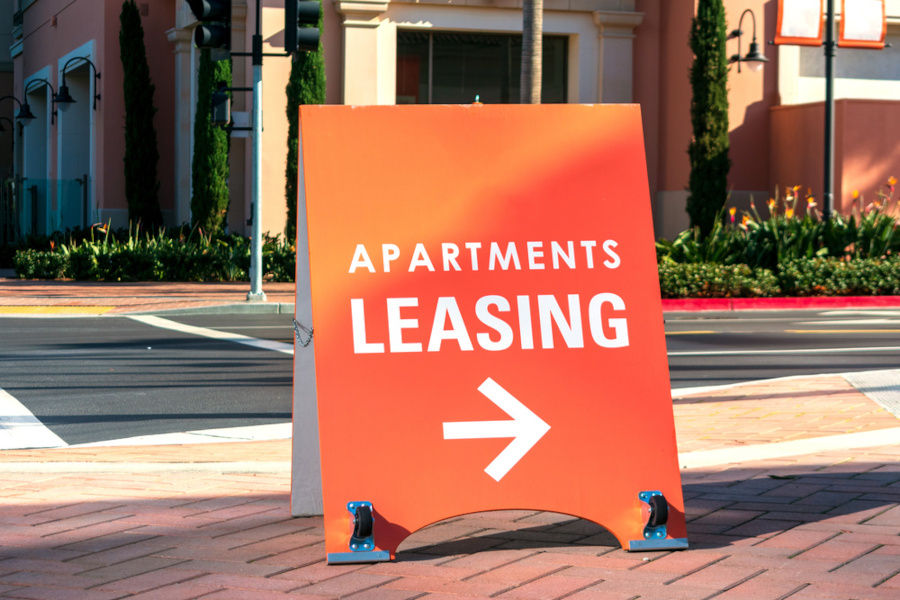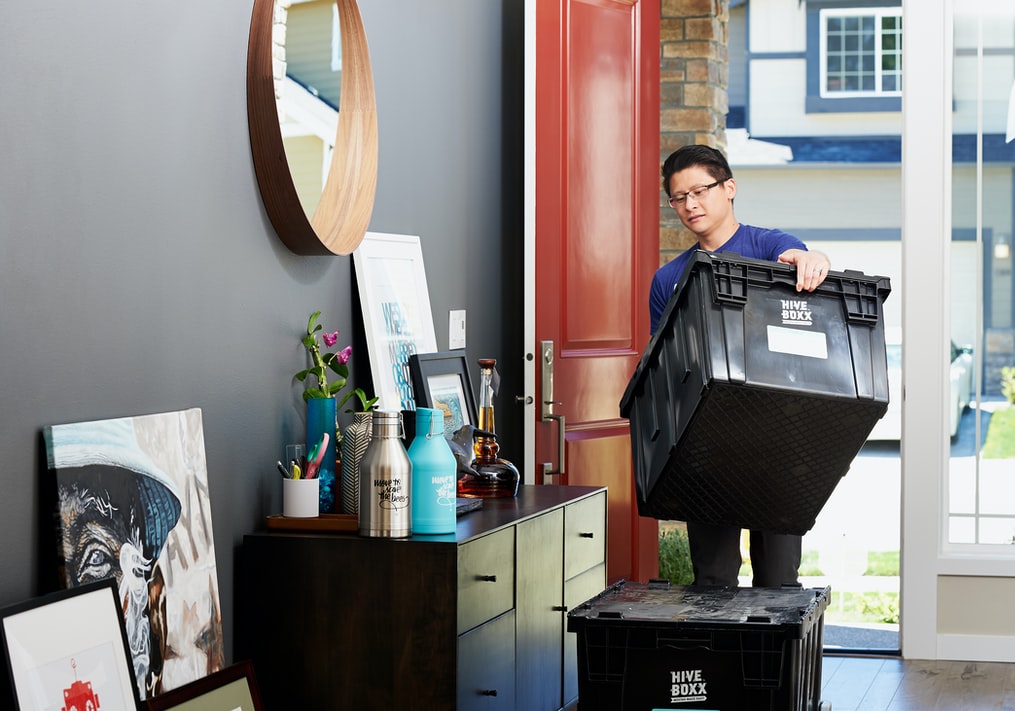Choosing the Right Apartment in Boston:
A Comprehensive Guide
Searching for an appropriate apartment in Boston is always an excellent task, but it can also be very daunting. This city has been around for hundreds of years, with different districts occupied by people of various incomes and interests. The culture of this city is simply unthinkable. The decision concerning the best apartment choice is crucial and may depend on several factors, such as one's status of being a student, a young working person, or a family. What you're about to read covers the basic steps necessary for making a proper decision and finding a suitable apartment in Boston.

1. Define Your Needs and Preferences
The first crucial step to your apartment hunting is defining your needs and preferences. While on the lookout, consider the following factors:
- Budget: Determine how much you can afford to spend monthly rent. Remember to account for additional expenses such as utilities, parking, and renter's insurance.
- Size and Layout: Choose the size of the apartment which is required. Think about the number of bedrooms and bathrooms and the general location and utility of every room.
- Amenities: Consider what features are crucial for you – laundry inside the apartment, gym, no pets allowed, etc. Ensure you differentiate between the basics that the product should have and the additional perks that it may contain.
- Location: Identify the neighborhoods that suit your lifestyle. Boston is home to diverse areas, each with its unique character. Consider factors like proximity to work or school, public transportation options, and access to amenities.
2. Research Boston Neighborhoods
All the Boston neighborhoods have characteristics that can influence the living situation. Here's a brief overview of some popular areas:
- Back Bay: It has brownstones and finer retail stores and is best suited to those who want the bustle of city life with nearby food and other artistic trappings.
- South End: For art lovers, this region has an artistic feel and food options; there is also so much history here. South End is perfect for people who prefer things that have liveliness and creative sentiments in the neighborhood./li>
- Cambridge: The property prefers a university town where schools and other cultural facilities are attractive, and where Cambridge, Massachusetts, housing Harvard University and MIT, is situated. It should also be noted that it is a highly conventional type of work for students and employees.
- Jamaica Plain: Best known for its green areas and friendly atmosphere, Jamaica Plain offers a suburban layout with the convenience of city access. This neighborhood is ideal for families and those who prefer a calm, serene environment without extravagant demands. Additionally, if you're considering investment opportunities beyond Boston, you might explore properties in Costa Rica or even hotels for sale in Costa Rica. These options offer unique investment potential in a beautiful, tropical setting.
- Seaport District: This vibrant part of the city has the latest stuff, like high-rise buildings and classy apartments close to the waterfront. Ideally located for tourists whose taste is a lively metropolitan with easy waterfront access.
3. Start Your Search
Once you have outlined and have a clear picture of your living preferences, it's high time to start searching for a house in the area. To make it easier for you to narrow down your quest, utilize various resources to find available apartments:
- Online Listings: Websites such as Zillow, Apartments.com, and Craigslist offer a wide range of apartment listings. For a more comprehensive listing, you can visit BostonApartments.com for an exclusive Boston apartments listing. Use filters to narrow down your search based on your preferences.
- Real Estate Agents: Partnering with a real estate agent who focuses on rentals can be highly advantageous. They offer expert insights, access to exclusive listings, and support throughout the application process, all of which will expedite your search venture.
- Local Newspapers and Community Boards: The traditional way of listing could also be a source you can utilize. Local publications and community boards for rental listing may effectively provide you with a curated list that piques your interest.
4. Visit Potential Apartments
When you have a list of prospective apartments, going for a viewing of the apartments should be organized. During your visit, pay attention to the following aspects: During your visit, pay attention to the following elements:
- Condition of the Apartment: Look for rust, chipped paint, broken or leaky pipes or ceiling fixtures. Ensure the apartment, interior, and exterior, are in good condition, and all the mess is cleaned up.
- Neighborhood Atmosphere: Take a walk around the neighborhood to feel the general atmosphere of the place. One may think of factors such as noise, safety issues, and location of stores and facilities like groceries and means of transport.
- Amenities and Features: Make sure that the amenities and features of the apartment are what they want as promised. Turn on washing machines, ovens, stoves, and other appliances for a brief test; turn on the water and check the pressure, too.
- Building and Management: Transform the scene as follows: evaluate the general condition of the building and its management, then ensure that the common areas are clean and request the management's response time to any requests.
5. Review the Lease Agreement
After this, it is essential to keenly peruse the offered lease before you sign it, especially when you are confident that this is the apartment you want to lease. Key aspects to consider include:
- Rent and Additional Costs: Ask about the monthly rent and all the extra charges he may charge to cover utility bills, parking space, or even to take care of a pet. Learn what is covered by rent and things you will be required to cater for.
- Lease Duration: Unlike the monthly tenancy agreement, it determines the fixed lease period and the renewal options. The lease should be adequate for the time that you want to rent the premises and know how to renew or extend the lease.
- Security Deposit: This means understanding when the deposit is due, how much is required, when they can get the deposit back, and what the provisions for holding the deposit are.
- Maintenance and Repairs: Where the landlord has provided services, ensure that the regulation outlines his responsibilities for maintenance and repairs. Ensure you are aware of the proper channels to contact for repairs and what to do in an emergency.
6. Consider Transportation, Commute, and Evaluate Security
The MBTA provides public transportation throughout Boston, and it is elaborate, and it can play a huge role in choosing a particular neighborhood.
- Proximity to Public Transit: If it has yet to be stated, then one should consider the nearness of the apartment to the subway stations or the bus stops. The availability of public transport means that one will only have to spend a little bit of time and a lot of cash getting to work.
- Evaluate Safety and Security: Safety and security are of paramount importance when choosing an apartment. You must ensure the neighborhood's safety by researching its crime rates and safety statistics. Talking with your locals and neighbors often gives you an insight into the area's happenings.
- Building's security: Assessing the building's security features is also necessary before moving in. Confirm that the building has locked entryways, security cameras, and well-lit common areas. By doing this, you can sleep soundly and be at peace, knowing that you are in a safe place and no one can trespass easily in your dwellings.
7. Finalize Your Decision
Having toured through the apartments, having read through the lease agreements, and having thought through all there is to think through – it's time to decide. Consider the following:
- Pros and Cons: A comparison of the advantages and disadvantages of the various apartments is also vital. Among them, you can compare them based on the list of priorities and your preference.
- Negotiate Terms: We need to negotiate on the lease agreement terms or ask for minor alterations on the warrant before getting one. They might be willing to bargain more depending on the level of competition existing in the housing unit market.
8. Prepare for Move-In
Once you've signed the lease and secured your new apartment, start preparing for your move:
- Change of Address: You need to inform the changes to the post office, banks, and other relevant organizations.
- Utilities and Services: Properly establish necessities, including electricity, gas, and internet connection. Before your move-in date, ensure these services operate precisely as you want them to.
- Packing and Moving: Organize yourself in terms of packing and moving, which will help you a lot with relocating. Employing help from a moving company is worth asking friends and relatives to assist with the moving.

Conclusion
Going to an apartment in Boston means making the right decision and essential preparation. Thus, more detailed specifications of your needs, neighborhood search, and corresponding analysis of the flats will help you choose the proper living space. Always take time to review the lease agreements, think about transport and safety, and ensure you are ready for a smooth move-in. Thus, if handled correctly, you will be on your way to getting the most appropriate apartments that Boston offers.